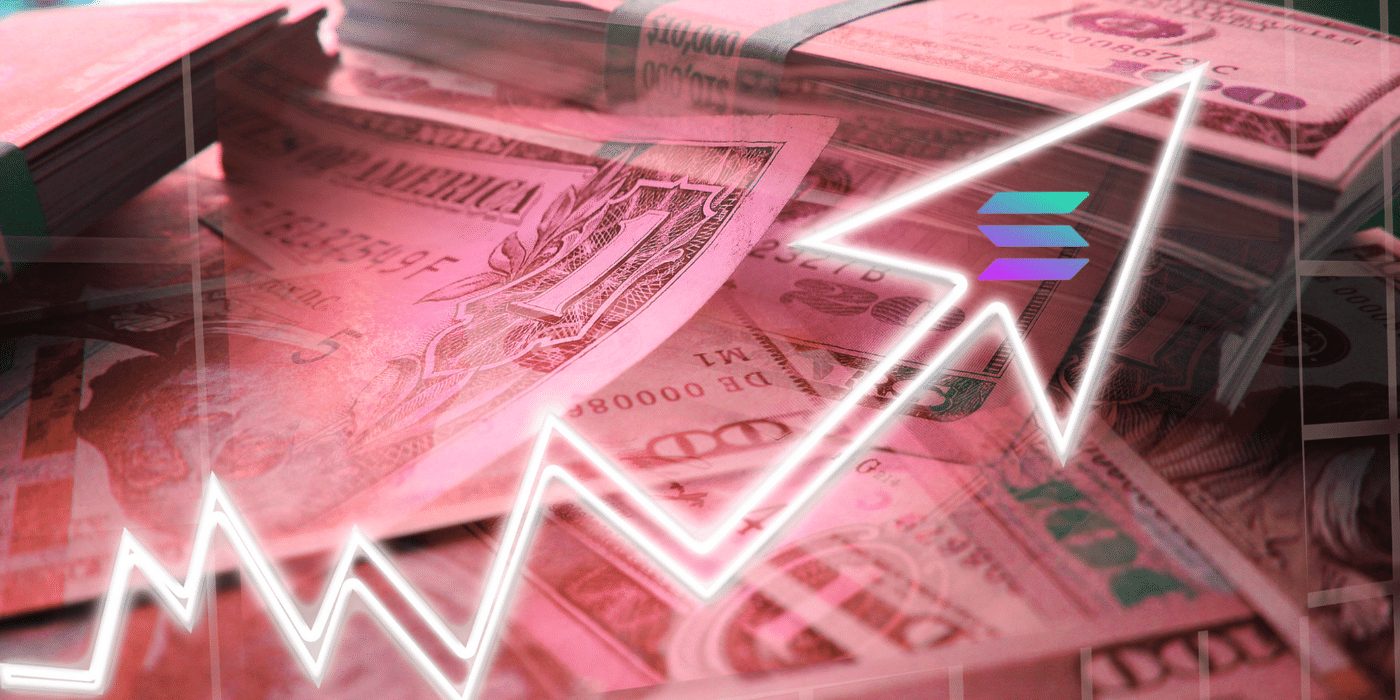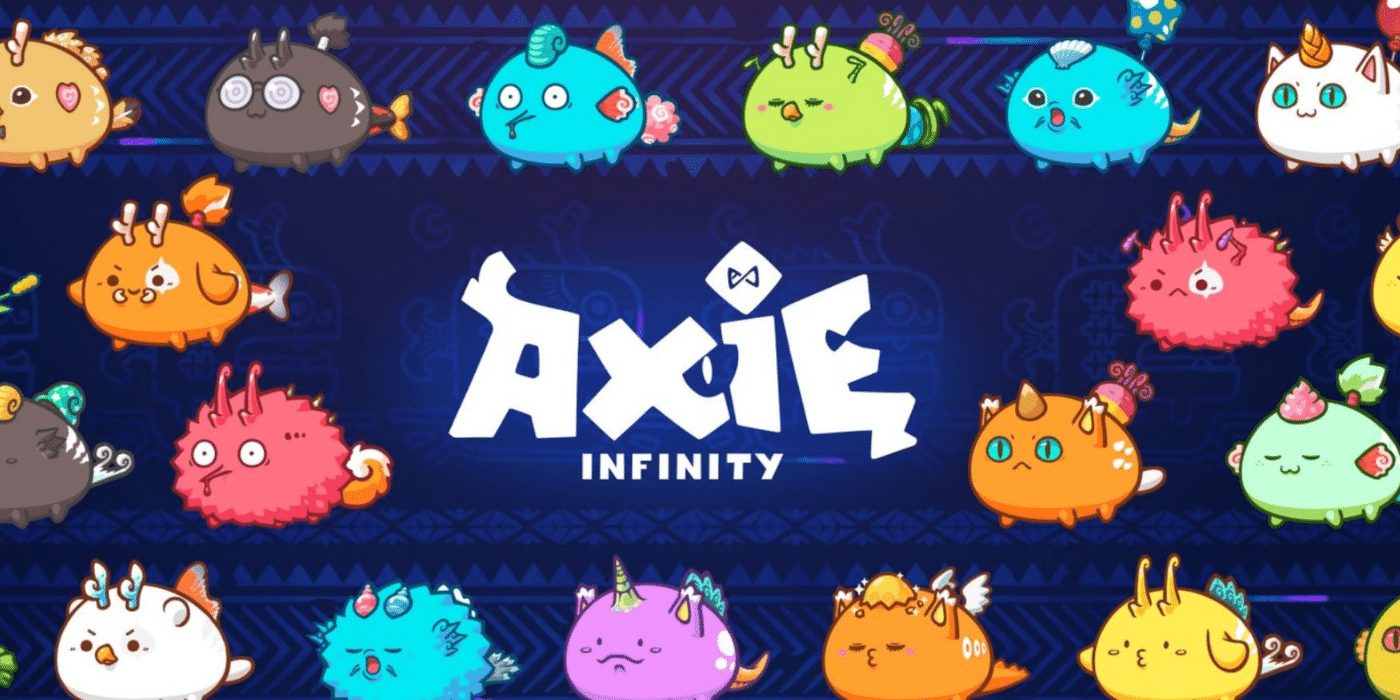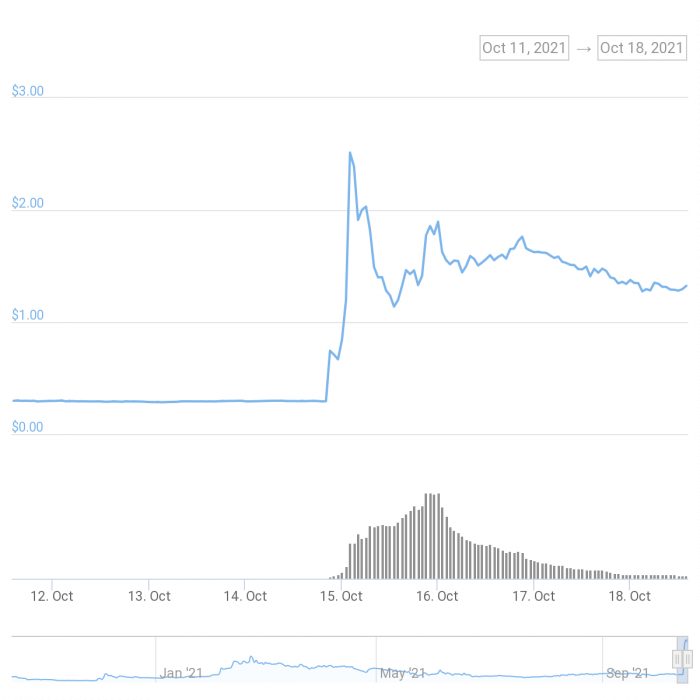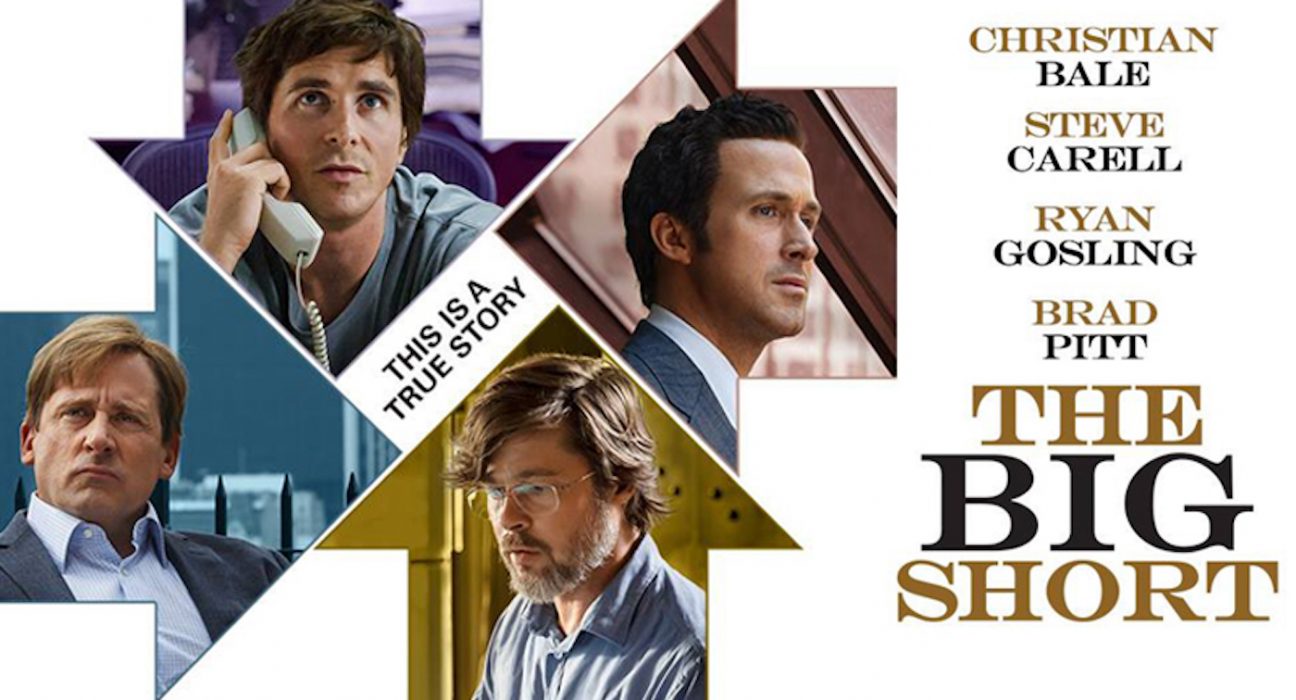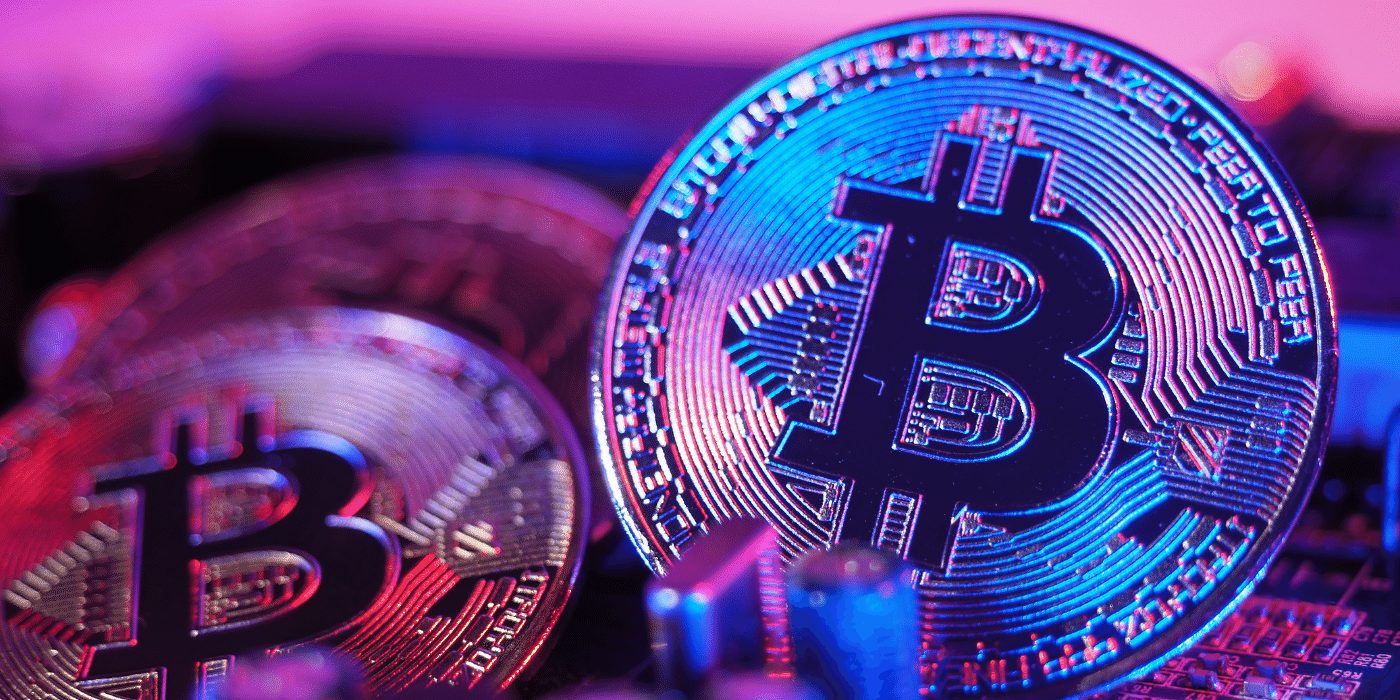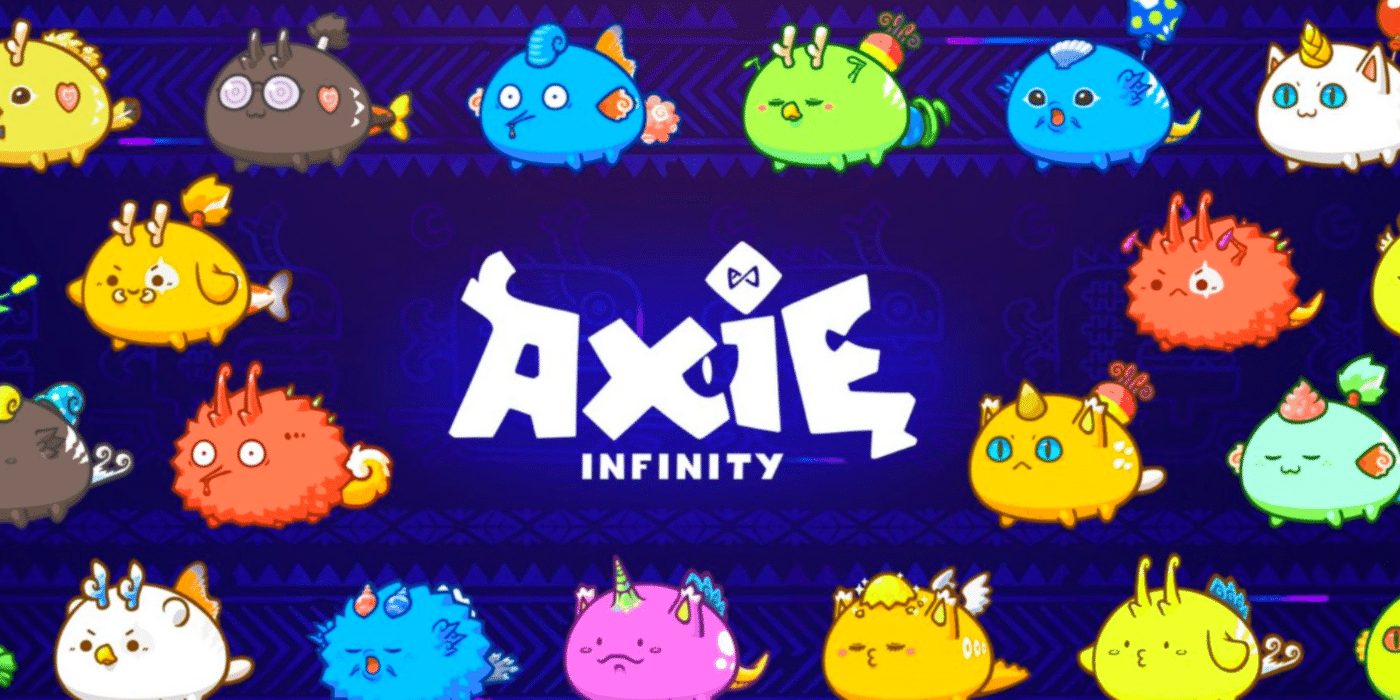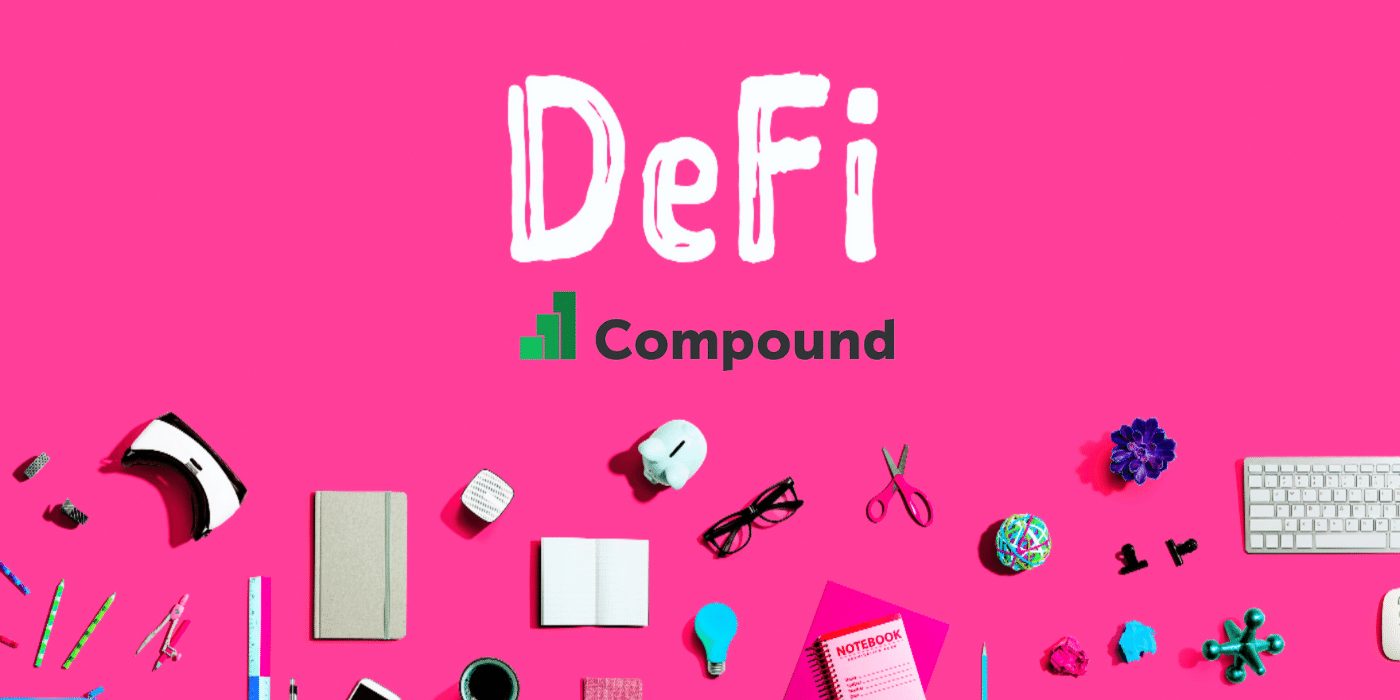Solana’s SOL token has pushed higher by up to 25 percent on the back of numerous bullish developments this week.
By October 21, SOL was trading at its highest point in more than a month and was just 10 percent off its all-time high of US$214.36. Since then it has pulled back slightly, trading at US$201.85 at the time of writing.
Solana Runs With the Bulls
“Solana has moved into bull market territory,” notes Joe DiPasquale, CEO of cryptocurrency hedge fund manager BitBull Capital. “With this week’s jump from $160 to above $190, it placed a bullish flagpole in the chart.
Analysts will now wait to see if that pole leads to a bull flag, meaning a steadying of the price, which would signal further bullish moves and new support. If it consolidates around US$180, this could create a strong support flag leading to further gains.
Joe DiPasquale, CEO, BitBull Capital
The token has broken through some important resistance levels lately, which confirms that buyers are “not concerned about downward pressure”.
Nick Spanos, co-founder of Zap Protocol, concurs with DiPasquale’s view that SOL’s short-to-medium-term outlook looks “very bullish”.
We have seen SOL build momentum this month and it has attracted plenty of new buyers in the past few weeks, with the number of active token holders increasing considerably.
Traders will be keeping an eye on the RSI [relative strength index], but the price action is more important. In particular, the bulls will be looking for SOL to convincingly breach the US$188 resistance level before targeting a breakout through the token’s all-time high of $191.04, as this would pave the way for even stronger gains.
Nick Spanos, co-founder, Zap Protocol
Synchrony Raises $4.2 Million in Strategic Funding, MonkeyBall Makes $3M
Yesterday, Solana-native asset management protocol Synchrony closed US$4.2 million in a strategic funding round led by Sanctor Capital, with participation from Wintermute Trading, GBV Capital, HashKey Group, Magnus Capital and 0xVentures, among others.
This week also saw MonkeyBall, a crypto startup building a play-to-earn NFT soccer game based on Solana, raise US$3 million in a seed funding round. Investors included Jump Capital, CMS Holdings, Solana Capital, 6th Man Ventures and NFX.

Last month was one of mixed fortunes for Solana. On the one hand, the mass migration of content creators from Ethereum to Solana flagged its expansion in the NFT marketplace, with non-fungible tokens proliferating faster on Solana than in any other protocol.
But around the same time, resource exhaustion in the network caused Solana to suffer a DoS (Denial of Service) episode, which resulted in the SOL token taking a 15 percent tumble. Just two days earlier, Solana had recorded its first million-dollar NFT deal.

